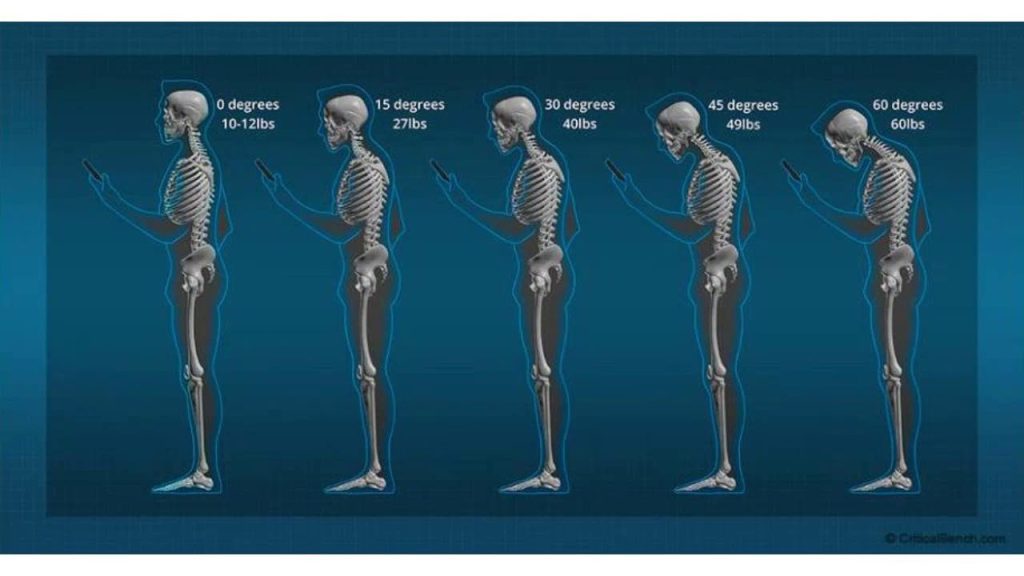Understanding Crane Neck Posture
Crane neck posture, also referred to as “text neck,” is a condition caused by consistently leaning the head forward and downward, often while using smartphones, computers, or other devices. This unnatural posture places immense stress on the neck and upper back muscles. With an average adult head weighing around 10-12 pounds, tilting it forward increases strain exponentially, leading to discomfort and long-term musculoskeletal issues.
Causes of Crane Neck Posture
Modern lifestyles are the primary contributors to crane neck posture. Prolonged screen time, poor ergonomic setups, and lack of awareness about correct posture play significant roles. Additionally, habits like reading on a bed or slouching in chairs exacerbate the problem. Over time, these seemingly small habits accumulate, resulting in muscle imbalances and spinal misalignment.
Health Impacts of Crane Neck Posture
The consequences of crane neck posture extend beyond physical discomfort. Chronic neck pain, headaches, and stiffness are common complaints. Over time, it can lead to degenerative changes in the spine, such as herniated discs or nerve compression. The posture also contributes to poor blood flow, fatigue, and even mental health issues due to the persistent physical discomfort it causes.


